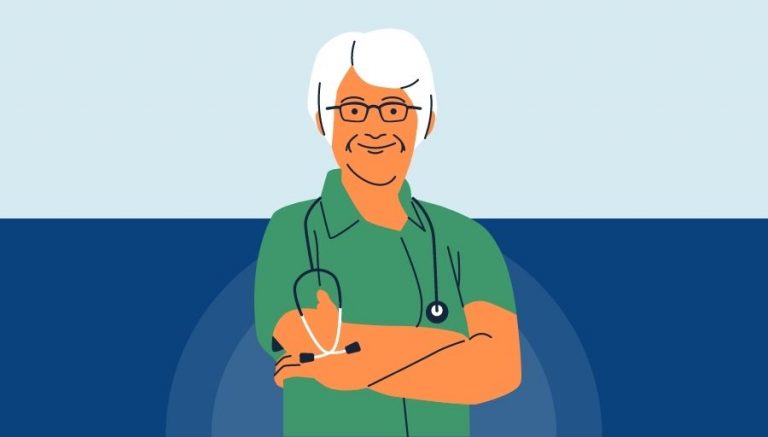How To Use CPT Code 12020
CPT code 12020 describes the treatment of superficial wound dehiscence through simple closure. This article will cover the description, procedure, qualifying circumstances, appropriate usage, documentation requirements, billing guidelines, historical information and billing examples.
1. What is CPT Code 12020?
CPT 12020 is used to describe the treatment of superficial wound dehiscence through simple closure. Superficial wound dehiscence refers to the premature opening or breakage of a surgical suture in the wound, which can lead to poor wound healing and potential infection. The procedure involves reopening the wound, removing sutures, debriding the wound, irrigating the area with an antimicrobial agent, and suturing the wound edges again in a simple linear fashion.
2. Official Description
The official description of CPT code 12020 is: ‘Treatment of superficial wound dehiscence, simple closure.’
3. Procedure
The procedure for CPT code 12020 involves the following steps:
- The physician reopens the wound dehiscence margin.
- Sutures are removed.
- The wound is debrided and irrigated with an antimicrobial agent.
- The wound edges are sutured again in a simple linear fashion.
4. Qualifying circumstances
CPT 12020 is used for the treatment of superficial wound dehiscence. This refers to the premature opening or breakage of a surgical suture in the wound, which can result in poor wound healing and potential infection. The procedure is performed by a physician after proper sterilization and cleansing of the wound. It is important to note that this code specifically applies to superficial wounds.
5. When to use CPT code 12020
CPT code 12020 should be used when a physician performs a simple closure to treat superficial wound dehiscence. It is important to ensure that the wound meets the criteria for superficial dehiscence and that the closure is performed using a simple linear fashion. If the wound requires more complex closure techniques, a different CPT code may be more appropriate.
6. Documentation requirements
To support a claim for CPT code 12020, the physician must document the following information:
- Patient’s diagnosis of superficial wound dehiscence
- Description of the procedure performed, including reopening the wound, removal of sutures, debridement, irrigation, and simple closure
- Date of the procedure
- Start and end time of the procedure
- Any complications or additional procedures performed
- Signature of the physician performing the procedure
7. Billing guidelines
When billing for CPT code 12020, ensure that the procedure meets the criteria for superficial wound dehiscence and that a simple closure technique is used. It is important to follow the specific documentation requirements and include all necessary information to support the claim. Additionally, be aware of any specific billing guidelines or modifiers that may be required by the payer.
8. Historical information
CPT code 12020 was added to the Current Procedural Terminology system on January 1, 1990. There have been no updates or changes to the code since its addition.
9. Examples
- A patient undergoes surgery and develops superficial wound dehiscence. The physician performs a simple closure using CPT code 12020.
- After a cesarean section, a patient experiences superficial wound dehiscence. The physician reopens the wound, removes sutures, debrides the wound, irrigates the area, and performs a simple closure using CPT code 12020.
- A patient with a previous surgical incision develops superficial wound dehiscence. The physician treats the wound by reopening it, removing sutures, debriding the wound, irrigating the area, and performing a simple closure using CPT code 12020.
- Following a surgical procedure, a patient’s wound partially opens. The physician performs a simple closure to treat the superficial wound dehiscence using CPT code 12020.
- A patient with a superficial wound dehiscence undergoes treatment with a simple closure performed by a physician using CPT code 12020.
- After a skin graft procedure, a patient experiences superficial wound dehiscence. The physician reopens the wound, removes sutures, debrides the wound, irrigates the area, and performs a simple closure using CPT code 12020.
- A patient with a superficial wound dehiscence undergoes treatment with a simple closure performed by a physician using CPT code 12020.
- Following a surgical procedure, a patient’s wound partially opens. The physician performs a simple closure to treat the superficial wound dehiscence using CPT code 12020.
- A patient with a previous surgical incision develops superficial wound dehiscence. The physician treats the wound by reopening it, removing sutures, debriding the wound, irrigating the area, and performing a simple closure using CPT code 12020.
- After a cesarean section, a patient experiences superficial wound dehiscence. The physician reopens the wound, removes sutures, debrides the wound, irrigates the area, and performs a simple closure using CPT code 12020.


